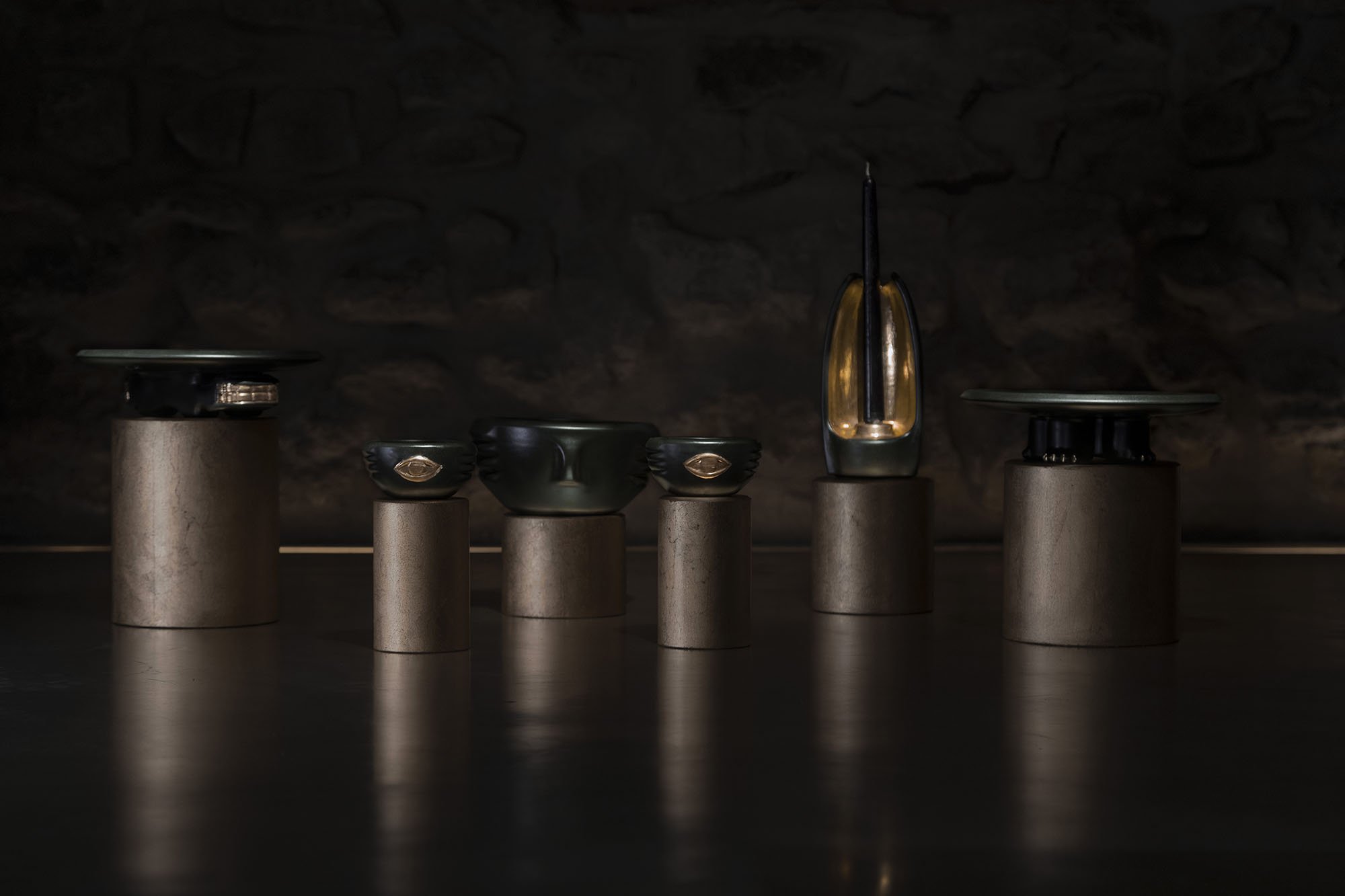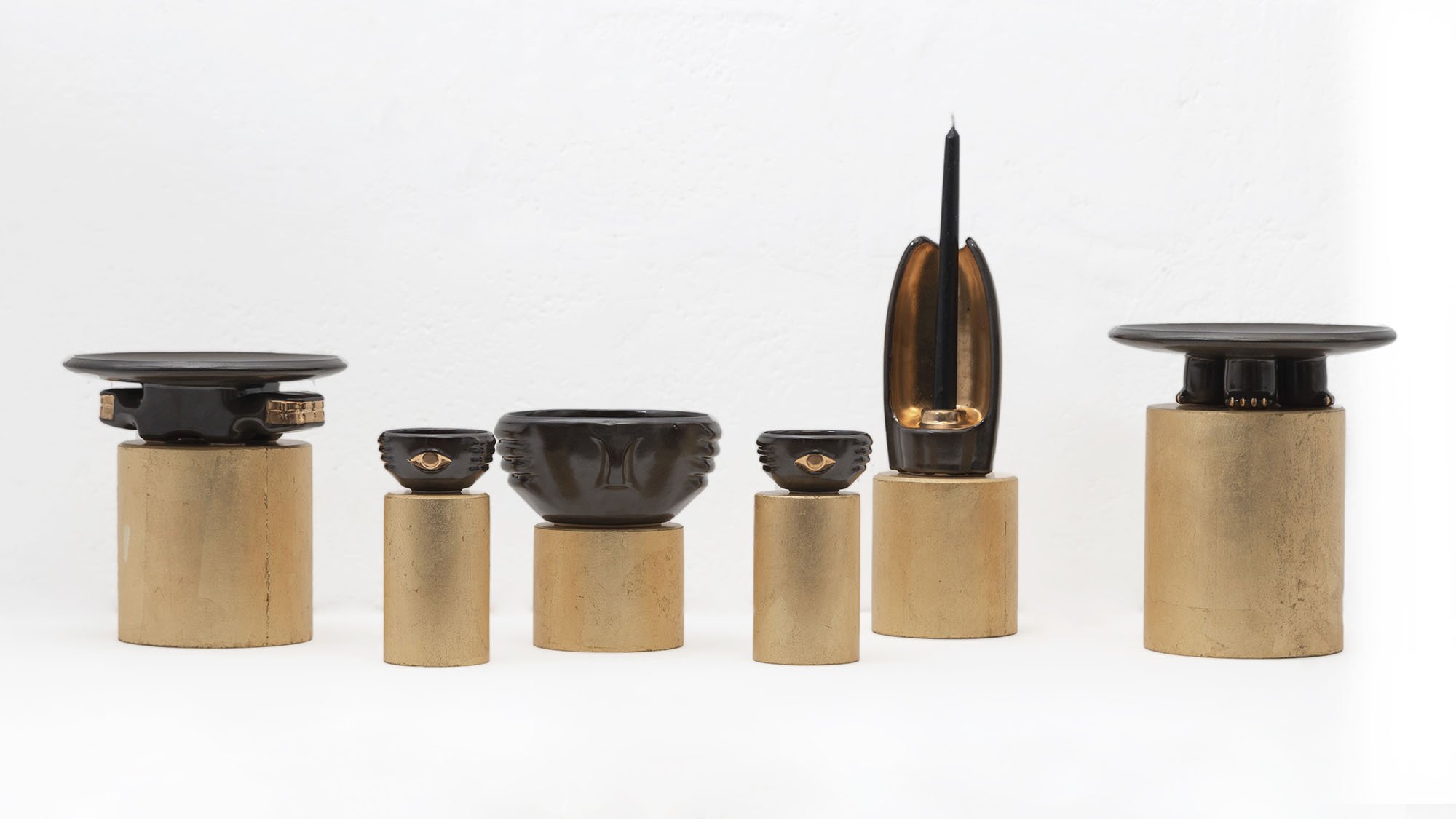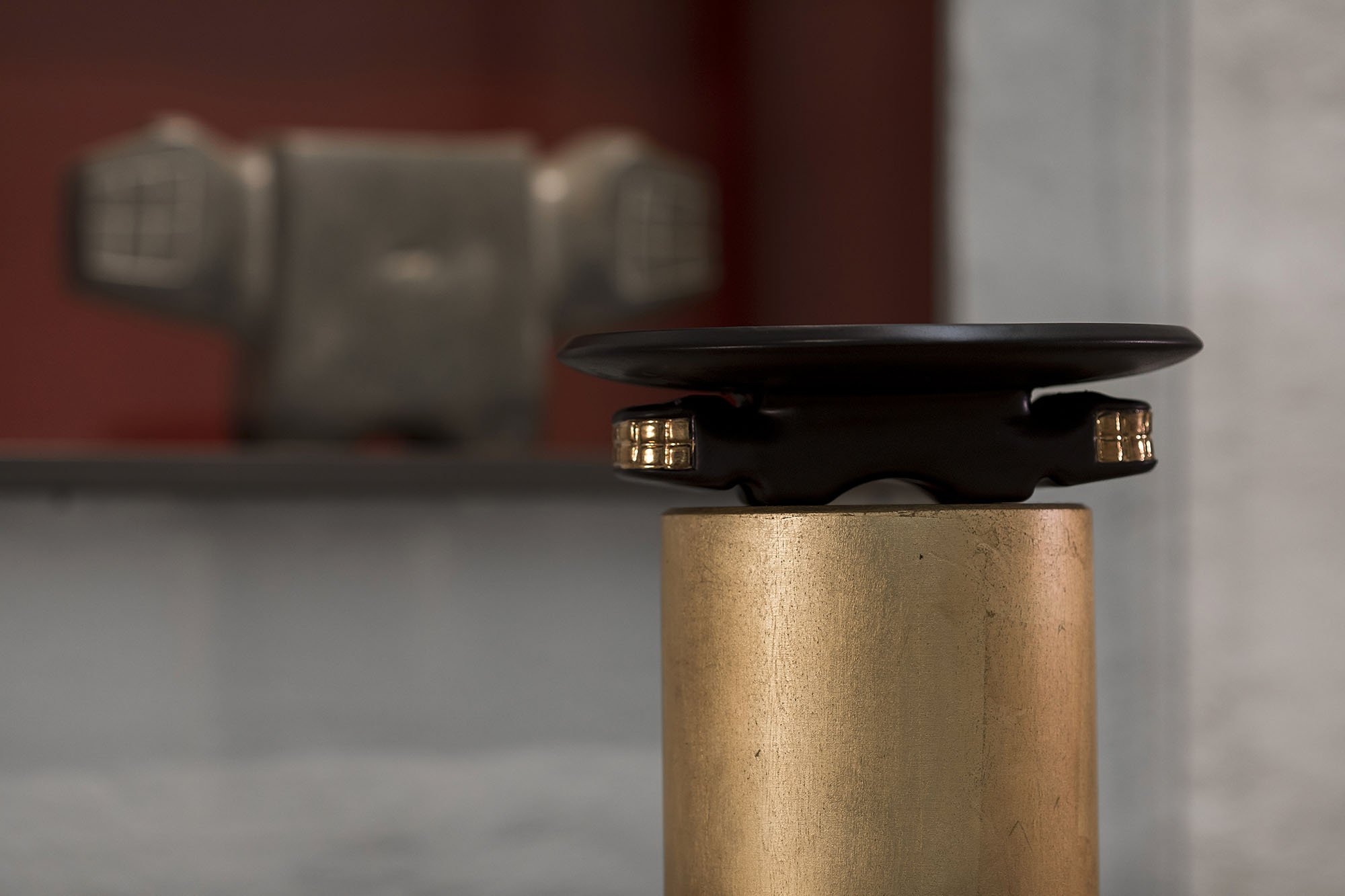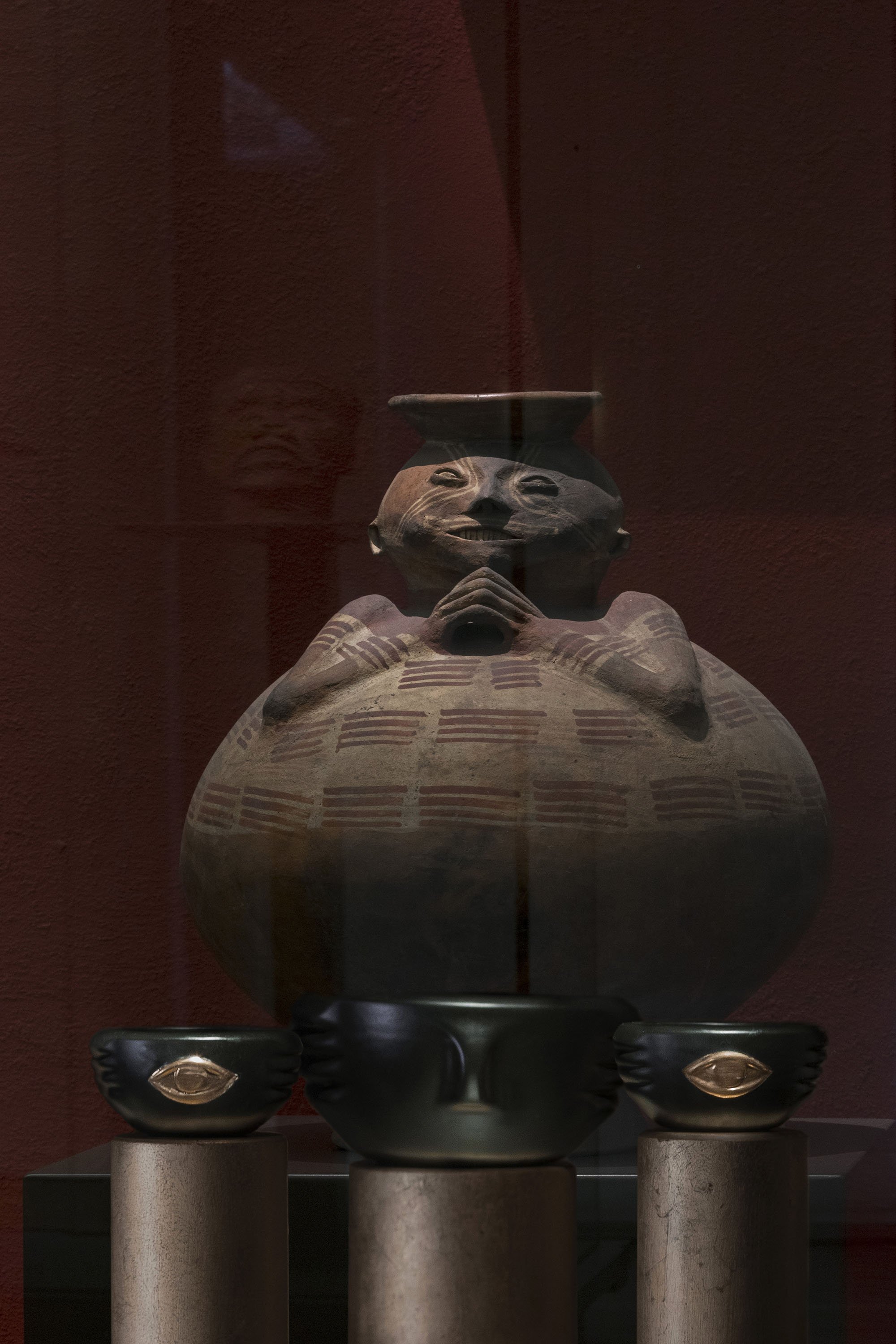CASA DEL ALABADO COLLECTION
“A Contemporary Abstraction of Pre-Columbian Artefacts.”
Alejandro Moyano, Founder of ANDEAN
Shop Now
JAGUAR DECORATIVE TRAY
CHICHA DECORATIVE BOWLS
ABSOLUTO CANDLEHOLDER
JAMA DECORATIVE TRAY
-
In an unprecedented collaboration, the distinguished pre-Columbian art museum, Museo Casa del Alabado, has invited ANDEAN to design a limited edition collection that bridges the past and present. ANDEAN X Museo Casa del Alabado breathes new life into ancient artifacts from the museum’s permanent collection. Housed within the historic confines of one of Quito's oldest structures, Museo Casa del Alabado is a repository of 21 distinct cultures that once thrived in ancient Ecuador.
The ANDEAN X Museo Casa del Alabado collection pays tribute to Ecuador's ancient heritage of materials, craftsmanship, and iconography by thoughtfully reimagining artefacts from its permanent collection into beautiful home accessories for contemporary living—a manifestation of ANDEAN's mission to preserve and celebrate Ecuador’s diverse cultural legacy.
The collection features organic humanized forms meticulously handcrafted in durable slip-casted ceramics, adorned with a durable matte black glaze reminiscent of the traditional barro negro. Delicate accents in gold luster capture the cultural essence of the pre-Columbian era in form and detail, conveying the significance of gold and the sun in the region’s ancestral communities.
-
An exploration of El Absoluto (4000 - 1800 BC), a carved-stone monolith with six facets, gazing in all directions, denoting expansion and depth.
-
Inspired by Jama-Coaque (350 BC - 1532 AD), a circular censer or table that combines animal and human representations around the theme of sowing and the fertility of the fields.
-
Inspired by Mortero (Valdivia 4000 - 1800 AD), a stone hand-carved mortero with Jaguar motifs. This object was utilized for the grinding of different products, possibly for the processing of ceremonial substances. The platter utilizes the distinctive teeth and physical attributes to communicate the significance of the jaguar as a symbol of pre-Columbian culture and heritage.
-
The Cosanga culture (1600 BC - 1532 AD) sustained its agriculture through terraces for cultivating sweet potatoes, yucca, and corn. These last two species are the foundation for preparing chicha, an ancient fermented beverage that holds cultural significance in several indigenous communities across South America.
El Absoluto
Jama-Coaque
Mortero
The Cosanga Culture














